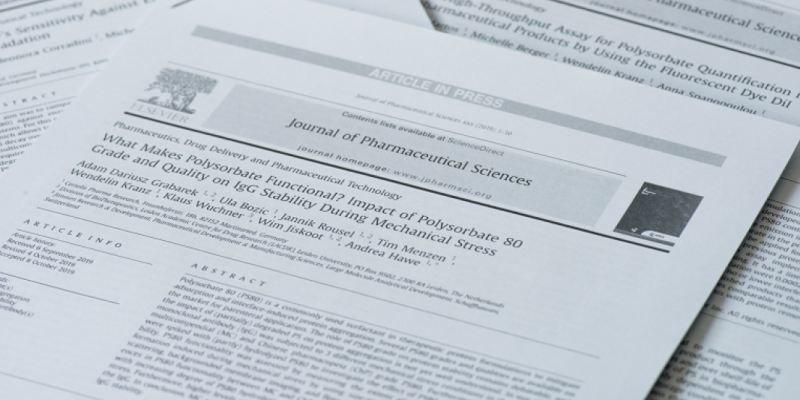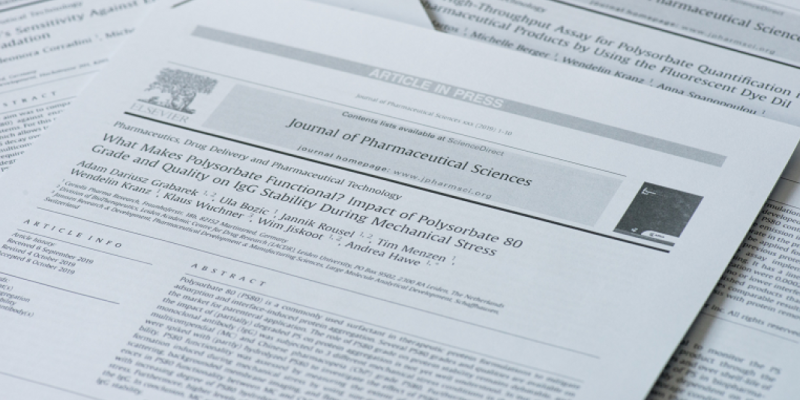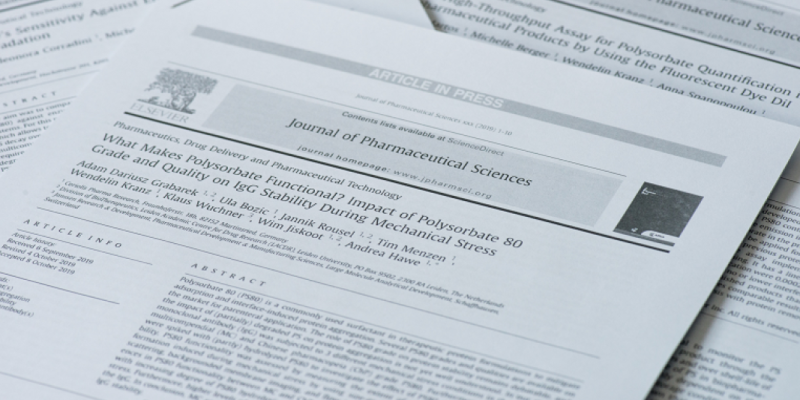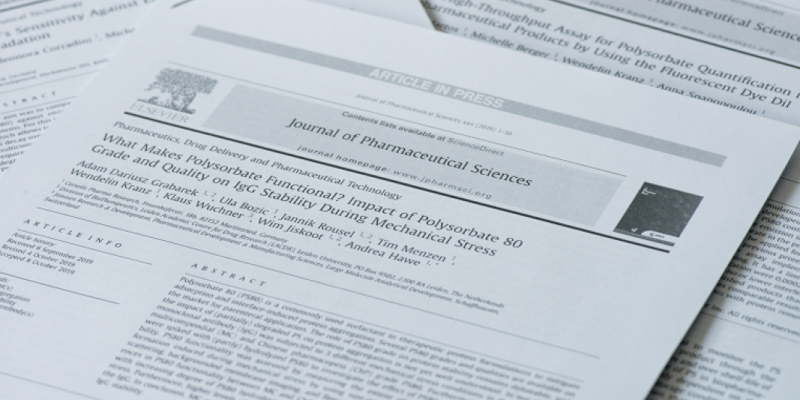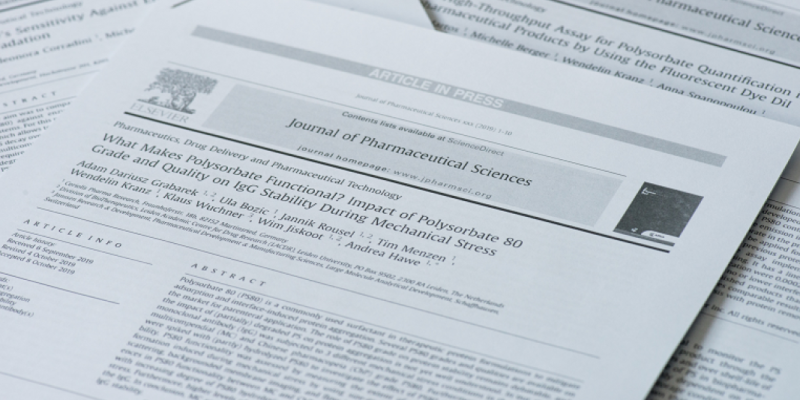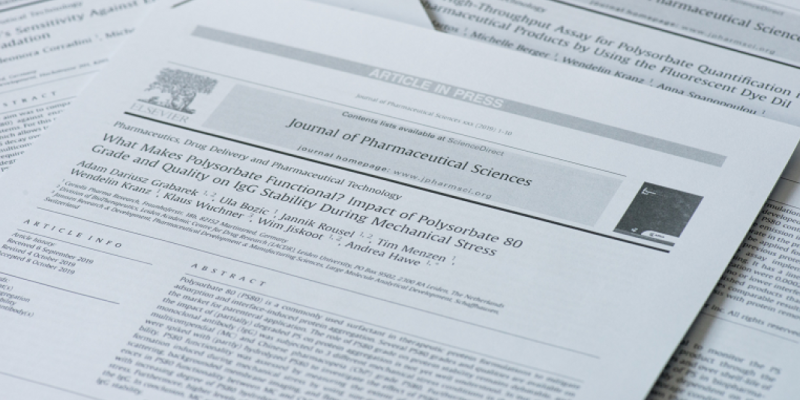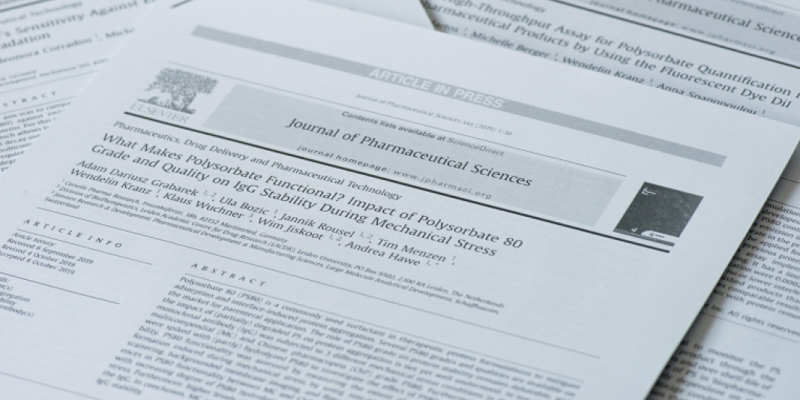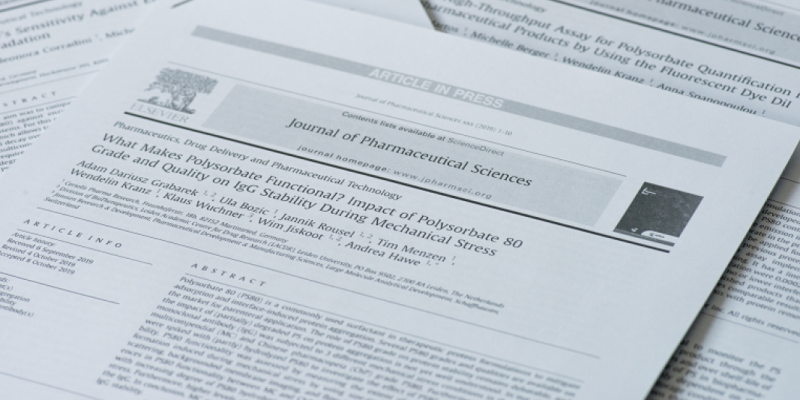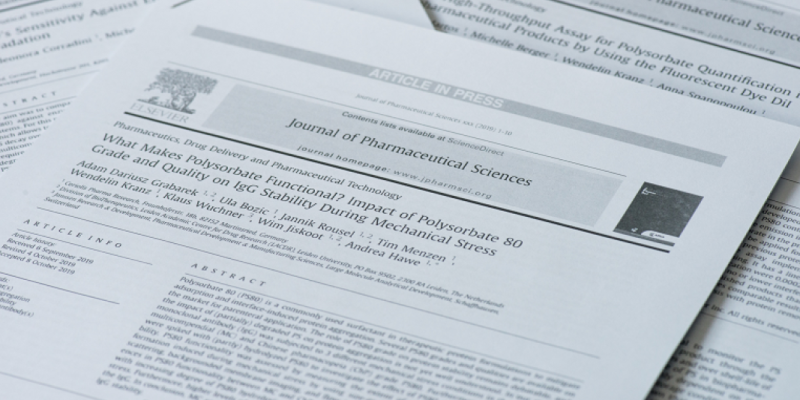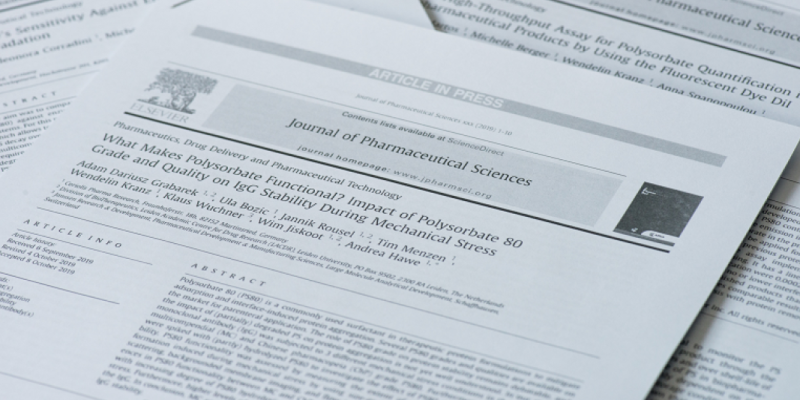PLGA particulate delivery systems for subunit vaccines: Linking particle properties to immunogenicity.
Hum Vaccin Immunother. 2016 APR
Among the emerging subunit vaccines are recombinant protein- and synthetic peptide-based vaccine formulations. However, proteins and peptides have a low intrinsic immunogenicity. A common strategy to overcome this is to co-deliver (an) antigen(s) with (an) immune modulator(s) by co-encapsulating them in a particulate delivery system, such as poly(lactic-co-glycolic acid) (PLGA) particles. Particulate PLGA formulations offer many advantages for antigen delivery as they are biocompatible and biodegradable; can protect the antigens from degradation and clearance; allow for co-encapsulation of antigens and immune modulators; can be targeted to antigen presenting cells; and their particulate nature can increase uptake and cross-presentation by mimicking the size and shape of an invading pathogen. In this review we discuss the pros and cons of using PLGA particulate formulations for subunit vaccine delivery and provide an overview of formulation parameters that influence their adjuvanticity and the ensuing immune response.
Hum Vaccin Immunother. 2016 APR
https://www.tandfonline.com/doi/full/10.1080/21645515.2015.1117714

